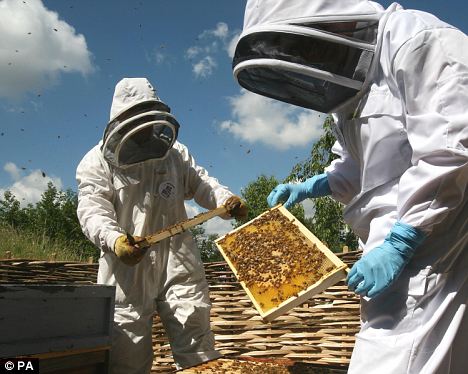Honeybee Bites Can Act As Anesthetics
Honeybees not only sting, but bite as well, and these bites can act as natural anesthetics which assist the bees in defending themselves against enemies, such as the wax-moth and parasitic varroa mite, however, this anesthetic may be beneficial for humans too.
This new discovery, by a group of experts from French and Greek organizations together with Vita (Europe) Ltd., honeybee health specialists in the UK, may result in new medical advances, including the manufacturing of a natural, low toxicity local anesthetic for animals and humans.
Measured at the University of Athens, the natural anesthetic called 2-heptanone (2-H), is a natural compound that is present in many food items and is produced by some types of insects. Until now, it was not believed to carry anesthetic benefits. Experiments have confirmed the discovery made by Vita regarding 2-H's human medical purposes.
The compound has already been patented by Vita to be used as a local anesthetic; they are looking to pharmaceutical companies to further continue the development of 2-H.
Previous research demonstrated that 2-H was one of two things; an alarm pheromone which prompts defense mechanisms, or a chemical marker which lets other bees know that a flower had already been visited by another bee. According to Vita, this is not the case, and their new theory conflicts with prior trials.
Vita's evidence demonstrates that 2-H renders small insects and mites paralyzed for anywhere up to 9 minutes when they receive a bite from the honeybees. Similar to snake bites, bees sink their mandibles into their opponents and proceed to emit H-2 into the lesion in order to numb the targeted area.
After doing this, the honeybees are able to throw the invader from the bee hive, which is effective protection against their main enemies, wax moth larvae and varroa mites, because these pests are too tiny to sting.


